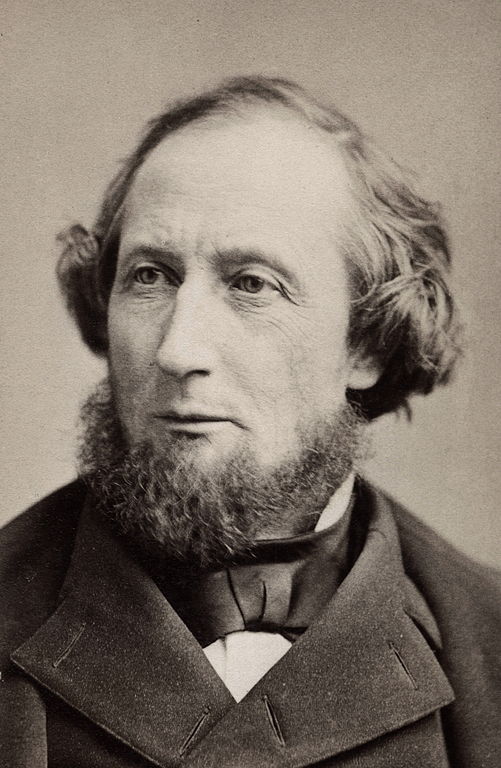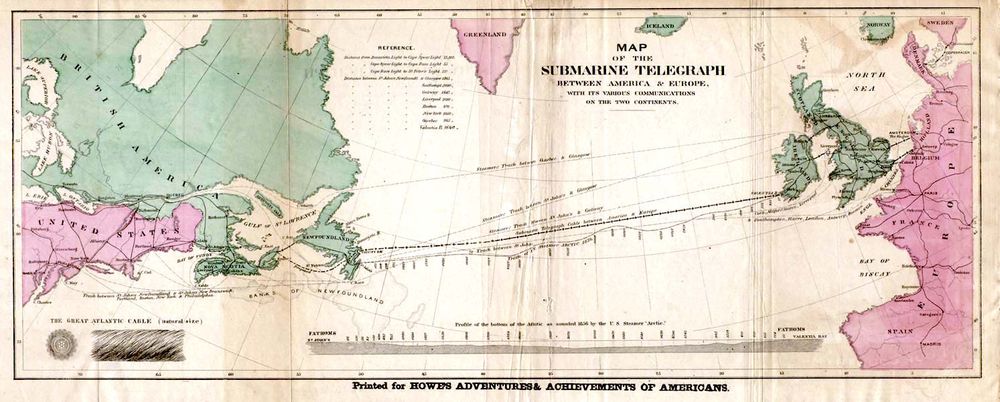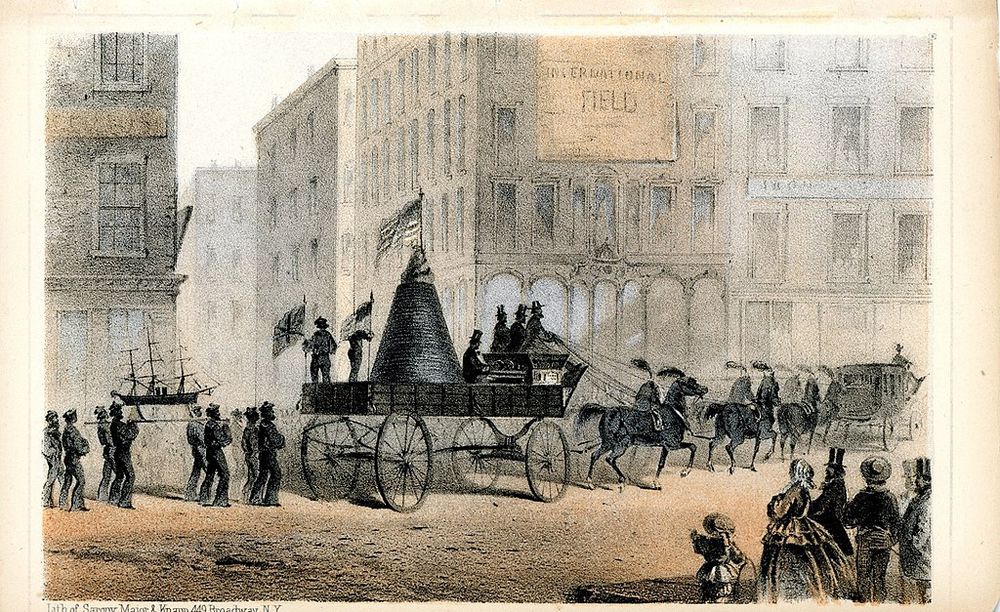They represent a major technological revolution, but these cables are not a new technology.
Wheatstone also performed a similar experiment in Swansea Bay.
By September 1851, the first telegraph cable across the English Channel was laid.

Maury named it the Telegraph Plateau.
It was located approximately between south of Ireland and Newfoundland in Canada.
after Field convinced them to extend the line from Newfoundland to Ireland.

Field pushed the project ahead with tremendous energy and speed.
These cables were simple by todays standards.
Map of the 1858 Atlantic Cable route.

Cable laying started on August 1857.
Field soon learned that laying cables under the sea was easier said then done.
The cable broke while laying on the first day itself.

Problems with breakage continued to trouble them.
The first message was sent from Newfoundland on August 10, 1858.
Glory to God in the highest; on earth peace, good will towards men.

Agamemnon Laying the Atlantic Telegraph Cable in 1858 by Robert Charles Dudley.
Queen Victoria’s message of 98 words took sixteen hours to send.
However, by the standards of the day when messages took weeks by sea, it was nearly instantaneous.

A section of the Atlantic Cable paraded on the streets of New York on the 1st Sept. 1858.
Lithograph by Sarony, Major & Knapp
Unfortunately, the celebration was short-lived.
The cable lasted less than a month.

Attempts to drive massive amount of current through the cable to compensate for signal losses resulted in insulation failure.
By this time cable engineering had vastly improved.
The new cable weighed nearly twice the weight of the old, at 980 kg per kilometer.

Cable machinery on the deck of the Great Eastern, by Robert Charles Dudley.
The Great Eastern steamed back to England and began laying another cable, finally reaching Valentia Island.
Memorial celebrating the landing site of the first transatlantic telegraph cable in Valentia Island.